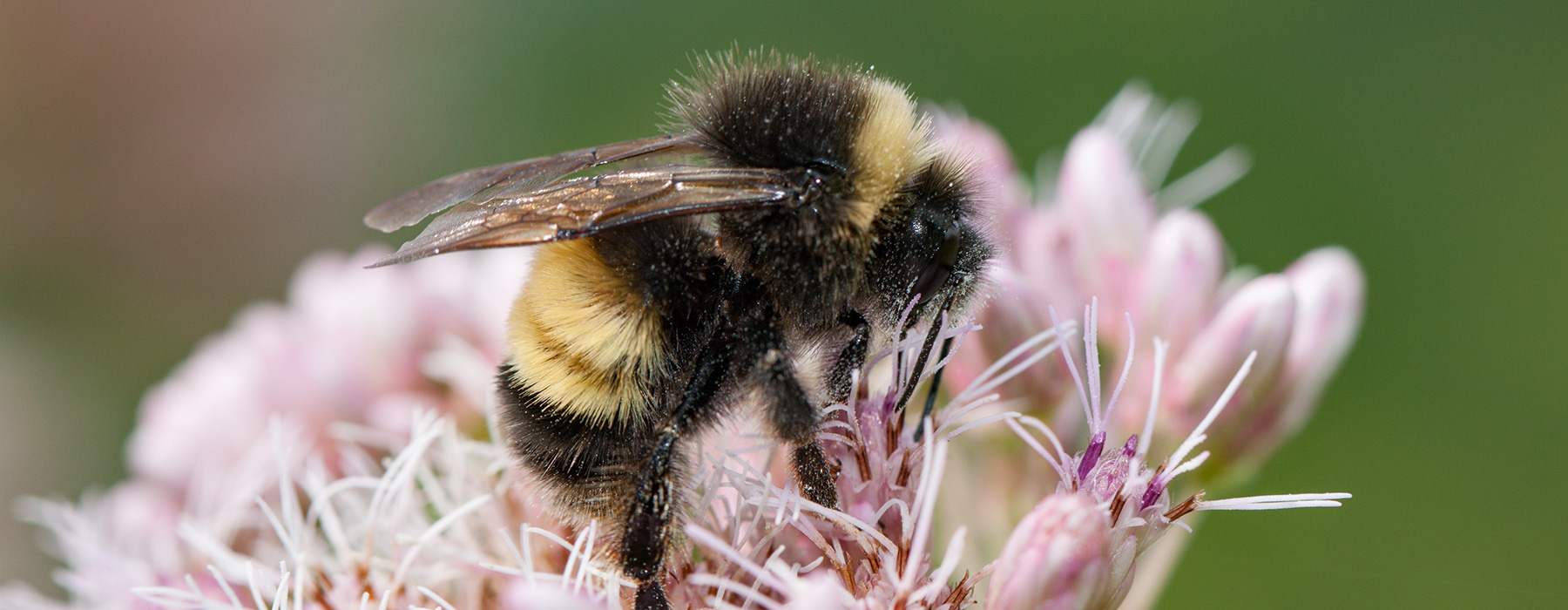From the common to the rare, we need your help in recording bumble bees in Vermont. Nearly everyone knows what a bumble bee looks like and many of you are armed with a camera. Help us help the bees.
Adding your photo-observations to our Vermont Atlas of Life project on iNaturalist or at Bumble Bee Watch is easy. Once you sign up, check out the help and tutorials and then get outside and start collecting important data on bumble bees in your neighborhood, park, garden, meadow, or natural area.
Photographing Bumble Bees
With over a dozen species of bumble bees that closely resemble each other, be sure to check out our tips on how to photograph bumble bees to make it easier for experts to identify them.
- Close-ups are the best. Don’t be afraid to get close to bumble bees when they are visiting flowers. They are unlikely to sting you if you don’t touch them.
- Photograph them from a few different angles – top, side, face. A closeup of the face can be particularly important for identifying some species. If your camera has a macro setting (often indicated by a flower symbol, be sure to use it so you can focus on it closely for the most detail.
- Placing a bee in a clear, small vial (they can often be captured directly into the vial from a flower) can be an effective way to get good images.
- Even a poor photo may be good enough for identification, so don’t worry if you don’t have the perfect image; you can still share it on iNaturalist Vermont.
Identifying Bumble Bees
Some species can be tricky and require magnification. But with a bit of practice and patiences, you can learn to identify many of Vermont’s species. Here are a few great resources:
- Discovery Life – Bumble Bee Key
- Bumble Bees of North America: An Identification Guide
- Bumble Bees of the Eastern United States (PDF)







